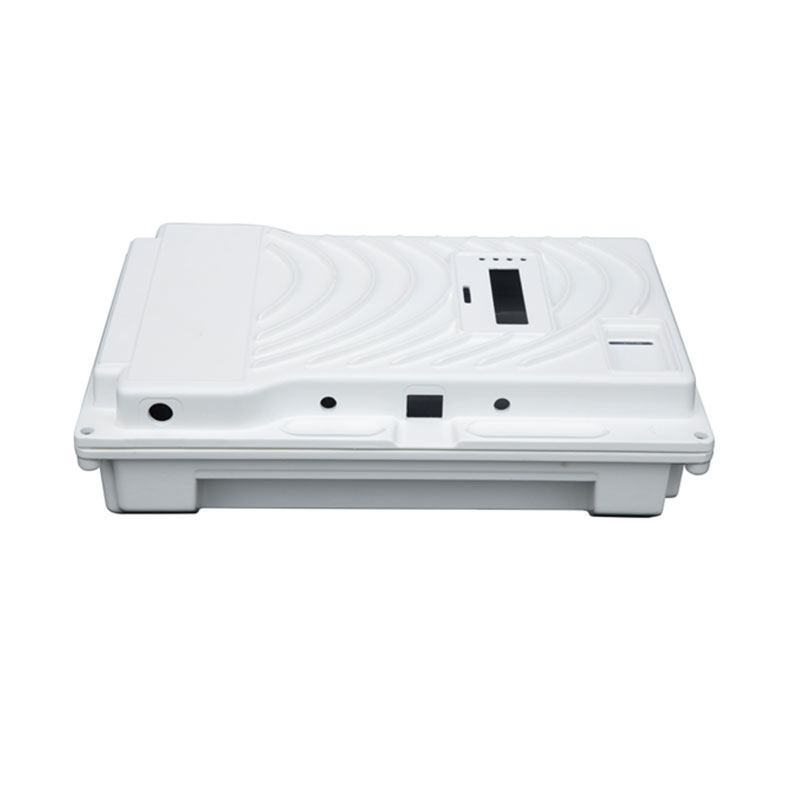heat sink calculations aluminum The Most Efficient Way to Use Underfloor Heating
by:Hanway
2019-08-27

Under-floor or radiant heating is more effective than forced heatingAir heating system.The latter loses warmth through the pipe.Radiant heating does not blow the warm air into the room, but works by warming the people in the room, just as the sun warms us outdoors.Some options allow radiant heat to work more efficiently, further reducing energy costs while maintaining a comfortable home.Professional installers conduct a heating load assessment of the home to design radiation heating units that are as efficient as possible.They then created a plan to place radiant floor heating tubes or wires in a specific pattern with proper spacing between each course.The plan leverages the layout of the room, the choice of finished floor you are considering, and the location of the current insulation.Concrete slabs are the best underlying layer for radiant heating, provided that they have heat insulation or reflection capability on the outside, away from the direction of heat flow.This allows the flat panel to be heated without becoming a radiator, which will dissipate heat onto the ground rather than at home.Since the concrete absorbs heat well, there is no need for the system to continue to operate, and by keeping the room temperature set, it helps to establish a more efficient radiation system.Ceramic or tile is the best choice for the floor relative to the radiant heating system.Natural stone is also a good choice.The materials work in a very similar way to the concrete slab, absorbing and helping to distribute the radiant heat into the room.Because the tiles and stones stick to the thin floorSet mortar, there is no insulation barrier that can inhibit the heat to effectively enter the room.Wood flooring and laminate flooring can be used on a radiant system, but not as effective as tiles or stones.Radiant heating must be set at a higher temperature so that when it radiates to the room, warmth can pass through wood and laminate.A higher temperature setting generates more energy to heat the coil or water in the radiation system.Carpets cause the same loss of efficiency to a higher degree.The carpet is an insulator that prevents heat from entering the space.As with wood, the higher heat settings offset the insulating properties of the carpet, but the higher energy costs.The choice of thinner carpets and dense backing helps to increase the heat of radiation through this floor covering.
Custom message








